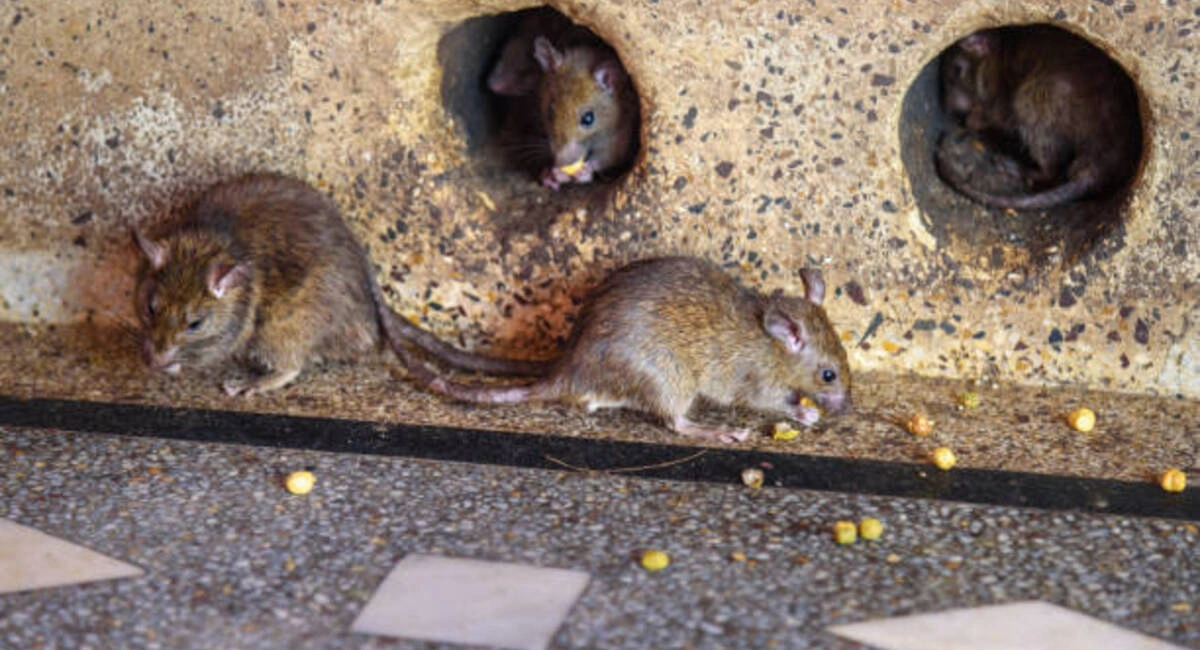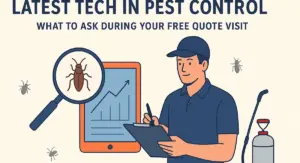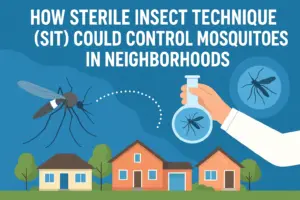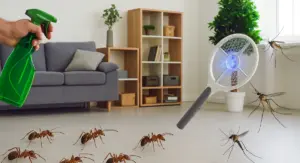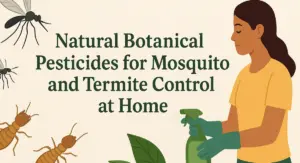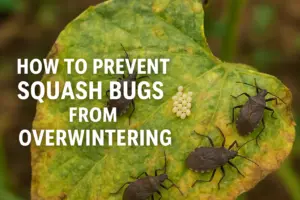Rodents are persistent intruders. Whether you’re a homeowner or manage rental properties, these small pests can become a big problem. Once inside, rodents contaminate food, damage insulation, chew on wires, and create health hazards. The best way to prevent infestations is to stop them at the source: rodent entry points.
In this guide, we cover the seven most common places rodents sneak into homes and buildings, and, more importantly, how to seal them effectively.
Why Rodents Enter Buildings in the First Place
Mice, rats, and other rodents are drawn indoors for three main reasons:
- Shelter: Rodents seek warm, hidden spaces to build nests.
- Food: Crumbs, unsecured trash, and pet food are open invitations.
- Water: Leaky pipes and condensation offer drinking sources.
Once they find a way in, they tend to stay, and multiply.
1. Gaps Around Doors
Why It Happens
Doors that don’t close tightly or have worn weatherstripping often leave just enough room for a rodent to squeeze through. Mice can fit through holes the size of a dime.
What to Look For
- Gaps at the bottom or corners of exterior doors
- Damaged or missing door sweeps
- Visible light coming through when the door is shut
How to Seal It
- Install door sweeps on all exterior doors
- Use weatherstripping to fill in side and top gaps
- Consider automatic door bottoms for commercial properties
2. Foundation Cracks and Gaps
Why It Happens
Over time, concrete foundations develop cracks. These small openings are ideal entryways for rodents.
What to Look For
- Cracks in the basement walls or along the foundation line
- Gaps where pipes or wires enter the building
- Poorly sealed crawl space vents
How to Seal It
- Use polyurethane or silicone caulk for small cracks
- For larger gaps, apply hydraulic cement or expanding foam
- Install rodent-proof mesh behind vent grates
3. Utility Openings and Pipe Penetrations
Why It Happens
Cable lines, plumbing, and HVAC systems often leave small openings that aren’t properly sealed after installation.
What to Look For
- Holes where wires or pipes enter walls
- Loose-fitting exterior utility boxes
- Openings in the attic or basement
How to Seal It
- Use steel wool combined with caulk or foam
- Apply rodent-proof mesh around utility access points
- Install collars or escutcheon plates for pipes
4. Attic and Roof Vents
Why It Happens
Rooflines are often out of sight and out of mind. Rodents can easily access homes through damaged or unprotected vents.
What to Look For
- Torn or missing vent screens
- Loose soffits or fascia boards
- Gaps where the roof meets exterior walls
How to Seal It
- Cover vents with galvanized steel mesh (1/4 inch or smaller)
- Secure soffits and replace rotted boards
- Use hardware cloth to reinforce existing screens
5. Garage Door Seals
Why It Happens
Garages are often less insulated and maintained than the rest of the home. A worn-out bottom seal is an open door for pests.
What to Look For
- Light or drafts under garage doors
- Chewed or cracked rubber seals
- Rodent droppings in garage corners
How to Seal It
- Replace the garage door bottom seal and side weatherstripping
- Consider installing a threshold seal for added protection
- Store pet food and garbage in sealed containers
6. Chimneys and Flues
Why It Happens
Rodents are excellent climbers. Chimneys and flues are vertical highways into your home, especially if caps are missing or damaged.
What to Look For
- Open or unprotected chimneys
- Debris or nesting signs around the chimney base
- Scratching sounds from above
How to Seal It
- Install a chimney cap with a wire mesh guard
- Use flue dampers that close tightly when not in use
- Check chimney flashing for gaps
7. Roof Eaves and Overhangs
Why It Happens
Rodents like high, sheltered entry points that are rarely inspected. Roof eaves offer ideal access, especially for tree-dwelling species like squirrels.
What to Look For
- Signs of gnawing near roof edges
- Gaps in fascia or soffit
- Tree branches overhanging the roof
How to Seal It
- Trim back any tree limbs within 6–8 feet of the house
- Close gaps with sheet metal or mesh backing
- Inspect and repair wood rot or moisture damage regularly
Additional Rodent Prevention Tips
Even after sealing entry points, prevention requires ongoing vigilance:
- Keep all food stored in airtight containers
- Empty garbage regularly and secure trash bins
- Fix plumbing leaks and reduce standing water
- Schedule routine inspections if managing rental or commercial properties
Tools & Materials for DIY Rodent Proofing
Here’s what you’ll need for most sealing tasks:
- Weatherstripping kits
- Door sweeps and garage seals
- Caulking gun with silicone or polyurethane sealant
- Steel wool and expanding foam
- Galvanized hardware cloth (1/4 inch)
- Flashing tape or sheet metal
Commercial Buildings & Rental Units
For property managers and commercial building owners, rodent control is a maintenance and reputation issue. Key considerations:
- Schedule quarterly inspections to catch early signs
- Train staff on proper food storage and sanitation
- Use IPM (Integrated Pest Management) methods
- Keep detailed logs of pest control actions
- Work with licensed professionals for large-scale sealing projects
FAQs
How often should I inspect my property for rodent entry points?
Ideally, inspect every 3–6 months, especially before winter and after heavy rains.
What’s the most effective rodent repellent?
Physical exclusion is more effective than chemical repellents. However, peppermint oil, ultrasonic devices, and ammonia can be temporary deterrents.
Are expanding foams safe for rodent proofing?
Yes, but always use it with steel wool or mesh backing. Rodents can chew through foam alone.
How do I know if the rodents are gone after sealing?
Look for signs like fresh droppings, gnaw marks, or sounds. If signs persist, consult a pest control pro.
Should I use poison or traps?
Use traps where safe, especially in homes with pets or children. Poison should only be used by professionals due to safety and environmental concerns.
Final Thoughts
Rodent infestations aren’t just inconvenient, they can cause serious damage. Knowing where they get in and how to block them is the first step to a pest-free property. Whether you’re sealing up a family home or managing multiple buildings, consistency and attention to detail will go a long way.
Seal smart, inspect often, and stay one step ahead.


